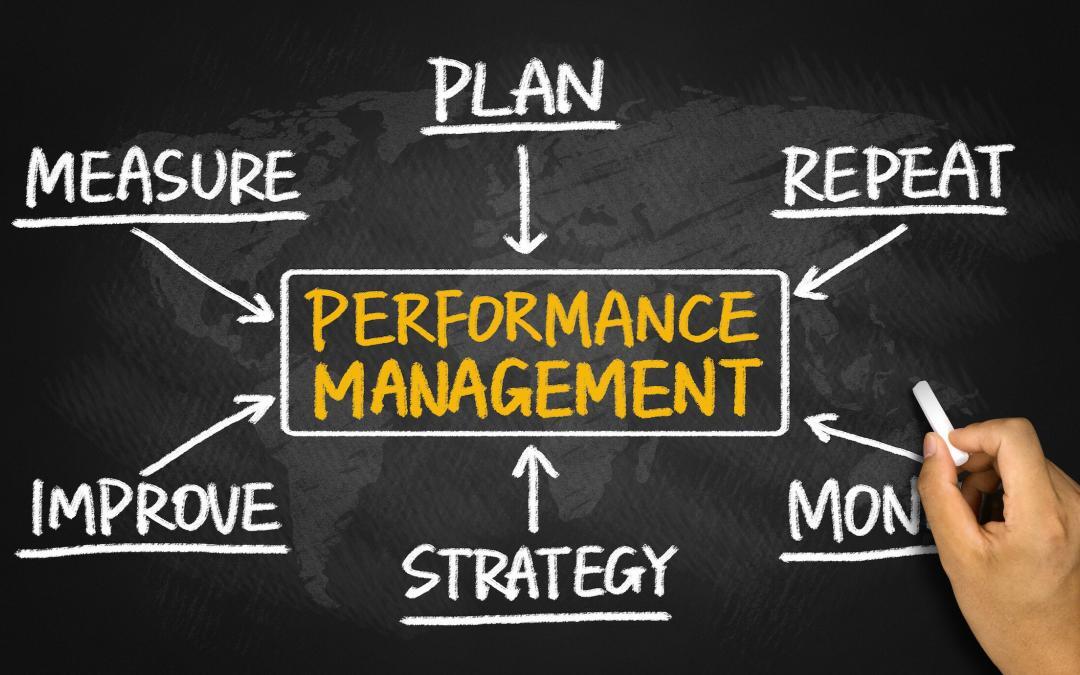Table of Contents
What is Performance Management?
When running a company, you need to ensure that whatever you are doing is done right. The basic principle of running a company is to ensure that your efforts do not go in vain and that your employees produce fruitful results. For this, you need to keep a watchful eye on their daily performance.
This need to track performance is where the concept of performance management comes in. Performance management is essentially a process that performs multiple functions, such as identifying, measuring, and developing a company and its employees.
Every company has many goals to achieve, but it must have good performance to make sure it can reach them. Therefore, if a company wishes to excel, it must ensure its performance by measuring against its goals.
To do that, companies can make use of performance management. Performance management allows employees and employers to work together and discuss the different provisions of performance on an individualistic and holistic level.
However, many things can go wrong or not work when managing performance. Therefore, it is crucial to do performance management the right way to get the most benefits.
How can you do Performance Management the Right Way?
To help you with performance management, here are some practical steps to steer the company in the right direction.
1. Determine Your Goals
If you are to improve your performance, you must know what you need to work towards. Determining your goals will help you find a direction. However, you cannot be vague with your goals. If you have vague goals, you will not have a targeted approach, which will affect the way you manage your performance. Therefore, the first step to effective process management is the determination of goals.
Outline your goals as comprehensively as possible. Make sure they are listed clearly and are objective. Having subjective goals will not work well in your favor, and several extraneous factors may impact this. Moreover, make sure your goals are achievable and do not have very high expectations from your employers that are unrealistic.
To determine your goals, you must consider different factors, such as whether the goals are result-oriented, achievable, and have a specific timeline.
2. Plan Your Performance
Once you have determined your goals, you must move on to the planning stage. If the plan is not strong enough, you will never achieve your goals despite how perfect they are. It is vital for planning to be a collaborative effort. Collaboration is essential because employees may not agree with planning or have a different perspective if they aren’t involved in the process.
The leader is in the position of making a correct decision, but they are not doing the groundwork. On the other hand, employees perform all activities at the grassroots level, which is why they must have a say in the planning. One of the most critical aspects of planning is deciding your priorities. If you identify your priorities, you can plan things according to what needs to be done first.
Understanding priorities will help you devise a plan that achieves goals as you go. The next step is to determine all the hurdles that might come in the way of you achieving your goals. Pre-planning hurdles will help you deal with them the right way.
3. Objective Analysis
For the next step, you need to view all your goals and planning through an objective lens to decide whether you are doing the right thing or not. It is best to develop an accurate report using objective measures to analyze your performance.
Objective measures can include statistical data reports, other records, and feedback from other stakeholders. To get an analytic report, you can test your performance and plan against these variables. Performing an objective analysis can be done using different assessment programs, such as the 360-feedback program. This program can help you have unbiased and anonymous feedback that is often hard to obtain.
4. Documentation
It is essential to stay on track with your performance management, and a sure way to do that is to keep documenting everything. The documentation of your activities will help you not just keep track of all necessary information, but you will be able to quantify what things you are doing wrong and where and how you can fix these mistakes. The documentation of your performance can help you in the long run by deciding what you need to do next and what mistakes to avoid.
These factors are the secret to your performance management. If you use the proper methodology, you will not struggle with the specifics. It may not be as easy as you would want it to be, but with trial and error, you will get there.
Related Resource: Leadership Development – Big Questions Answered
Related Blog Post: Why Managing with Empathy Increases Employee Engagement


 Dr. Jaffee (M.A., Ph.D.) is a recognized expert in the field of assessments, and has created effective HR Solutions used by millions of people.
Dr. Jaffee (M.A., Ph.D.) is a recognized expert in the field of assessments, and has created effective HR Solutions used by millions of people.